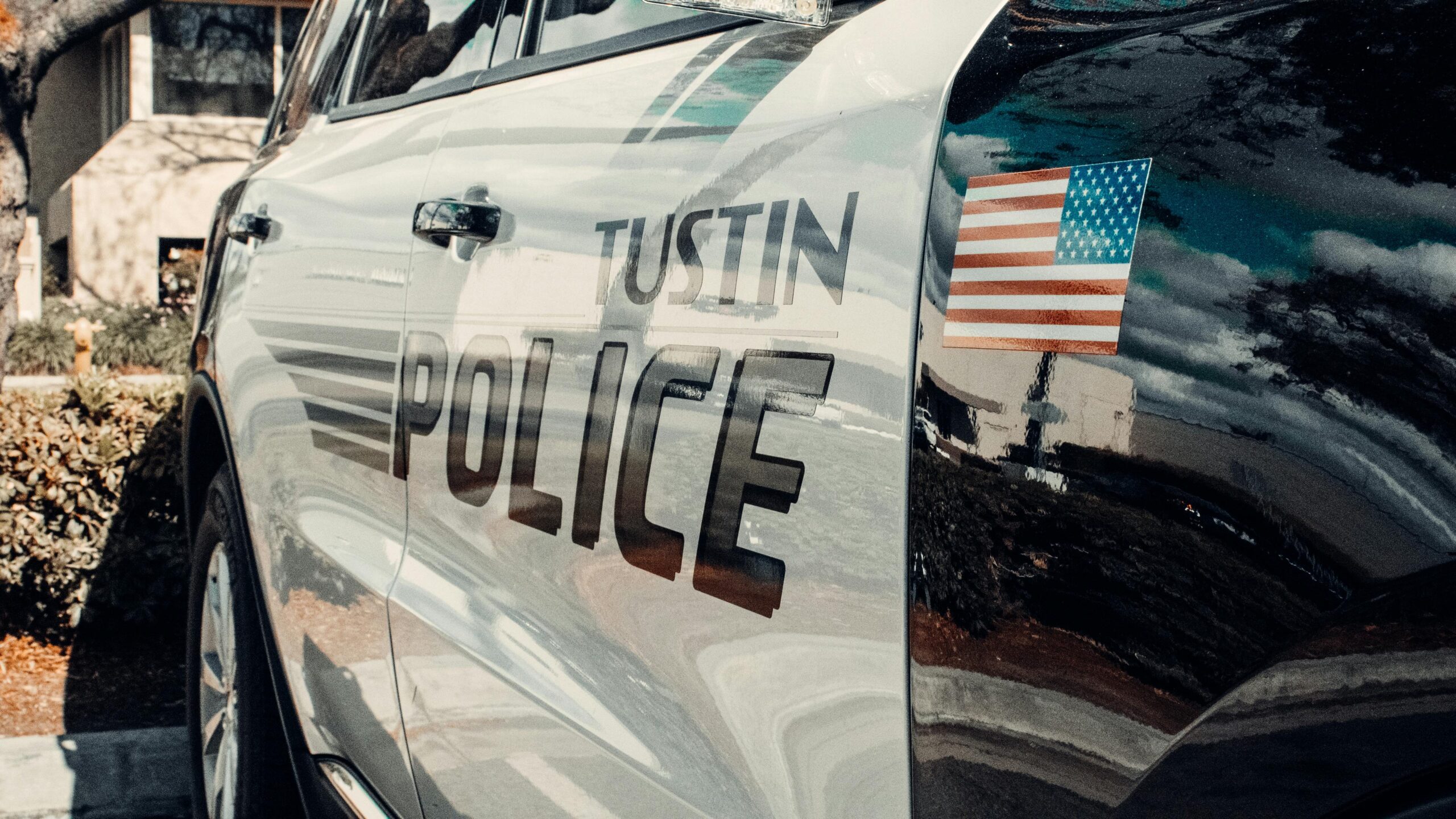Stay
UpdateD
Join the BPC
Email List
Stay up to date on exciting projects and upcoming events from the Black Promoters Collective.

A 911 outage is a disruption in emergency call services where individuals are unable to reach dispatchers by dialing 9-1-1. Alternatively, a 911 outage can be a situation where calls connect without crucial information like one’s location or phone number. These outages can range from short-lived technical glitches to statewide failures. Situations like this obviously pose a pretty significant risk to public safety. And the topic has gained widespread attention recently due to a significant 911 service disruption in Pennsylvania in July 2025.
This outage impacted emergency response capabilities across multiple counties. However, as more states transition to Next Generation 911 (NG911), which is designed to handle not just voice but also texts and multimedia, the complexities of these systems have introduced new vulnerabilities. This has made outages much more frequent and visible, leaving people wondering: What is a 911 outage, and how can I be prepared to deal with one?
911 outages can happen for a multitude of reasons and as Rapid SOS reports, they have even occurred more often in recent years. They are often related to the underlying infrastructure that connects emergency calls to Public Safety Answering Points (PSAPs). One common cause is a failure in the voice or call handling systems that dispatchers rely on to manage incoming calls. If this software or its associated hardware crashes, it can prevent calls from being answered properly. Another cause is a breakdown in network infrastructure. For example, damage to fiber optic cables or configuration errors by telecom providers can block calls from reaching emergency services.
Modern NG911 systems also rely heavily on internet-based technologies, so a bug in the software or an overloaded system can lead to service interruptions. Even security systems meant to protect against cyberattacks, such as firewalls, have inadvertently blocked emergency traffic in the past. Overall, the shift to NG911 brings improved features, but it also increases the risk of technical issues that can disrupt service.
When 911 services go down, the consequences can be very serious and almost immediate. In some cases, calls may fail to connect entirely, which leaves callers without any type of access to emergency services. This creates dangerous delays in response, particularly if callers cannot describe their circumstances. In that case, emergency response teams may have to rely on less efficient methods of locating callers in distress, which would cost precious time. However, there are systems in place that are supposed to support operations in that case. Per Rapid SOS, “Tools like RapidSOS UNITE Jurisdiction View offer ECCs a way to continue receiving critical 911 call information, even when traditional systems are compromised.”
During large outages, authorities often issue public alerts advising people to use alternate non-emergency numbers. But public confusion can also add another layer of risk, especially if people are unaware of the outage or are unsure of how to reach help in its absence. These situations underscore the need for backup communication methods and widespread public awareness during any emergency call system failure.
On July 11, 2025, Pennsylvania experienced a widespread service disruption that began around 2 PM. This 911 outage occurred in Delaware County and soon affected multiple parts of the state, as Whyy.org shares. Callers were either unavailable to connect to 911 or they reached dispatchers but critical data like their phone number or location was not provided. This outage prompted state officials to issue Wireless Emergency Alerts, advising residents to use non-emergency phone numbers if they needed help.
According to the Pennsylvania Emergency Management Agency (PEMA), the outage was not the result of a cyberattack or even a recent software update. Instead, it was traced to a technical malfunction in the NG911 vendor’s system. As reported, “PEMA engaged with NG911 contract provider Comtech Telecommunications Corp. and all 61 Pennsylvania Public Safety Answering Points (PSAPs, commonly called 911 centers) via conference line for the duration of the intermittent outages to maintain real-time situational awareness and facilitate troubleshooting.”
Ultimately, service was gradually restored throughout the evening, and full functionality returned around midnight. Yet while the immediate issue was resolved, the incident highlights the growing pains associated with modernizing emergency infrastructure.
Yes, unfortunately, 911 calls can fail and they do so for many different reasons. A technical malfunction is a pretty common reason, but overloaded systems also happen. During high-volume events like natural disasters or just large-scale accidents, an overload in calls can lead to delayed or even dropped calls.
Then there is the issue of cellular service, as Techxplore reports, “The researchers discovered that in locations with weak cellular signals but strong Wi-Fi signals, the problematic network selection can prevent 90% of emergency calls from reaching PSAPs within 2 minutes, compared to just 5.85 seconds for non-emergency calls in the same locations.” So these failures are not even rare, which is further complicated by emergency systems growing more complex and demand increasing.
For example, in the case of system overloads during widespread emergencies, many accidental emergency calls can also make an impact. “Butt dials” still clog up emergency lines and delay responses to real emergencies. In fact, in some regions, accidental calls make up nearly half of all 911 traffic. As the Federal Communications Commission reports, “50 percent or more are the result of pocket dialing. […] It would mean that approximately 84 million 911 calls a year are pocket dials. This is a huge waste of resources, raises the cost of 911 services, depletes PSAP morale and increases the risk that legitimate 911 calls and first responders will be delayed.” So there are a lot of complications that impact emergency services and lead to 911 calls failing. But one thing is for sure – even a short-term outage can have life-or-death consequences.
Why are there so many power outages in PA?
Many power outages occur in PA due to recurrent severe weather, including high winds and thunderstorms. However, according to the PA Public Utility Commission, vegetation has been the leading cause of outages since 2015.
Why does 911 want you to stay on the line?
In an emergency, 911 likely wants you to stay on the line to determine your location. But in the case of a butt dial, staying on the line to inform the operator it was a mistake is wise since a callback will be initiated to make sure you are okay.
How many calls a day does 911 get?
According to the National Emergency Number Association, around 240 million calls are made to 911 in the U.S. each year.
Stay up to date on exciting projects and upcoming events from the Black Promoters Collective.

©2025 Black Promoters Collective (BPC) All Rights Reserved.